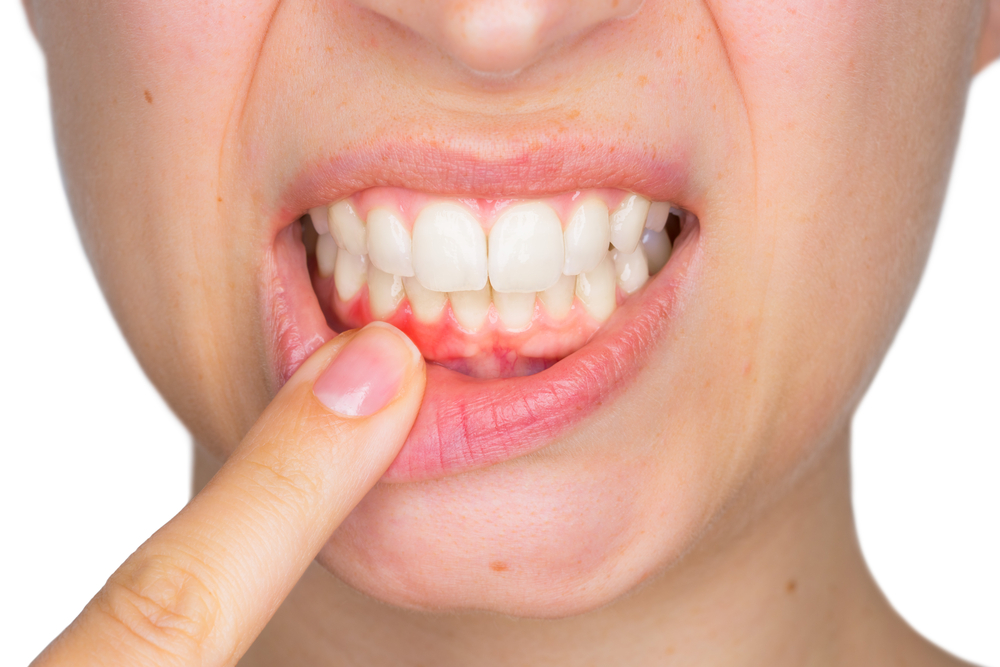Here are 10 possible reasons why your teeth might be giving you pain, and when to see a doctor.
Tooth sensitivity is caused by worn tooth enamel or exposed nerves in your teeth. When you eat or drink something with an extremely low or high temperature, you may feel a sudden, sharp flash of pain.
Gums are the layer of pink tissue that cover bone and surround the root of the tooth to help protect the nerve endings of your teeth. As you age, gum tissue often begins to wear , causing gum recession.
This recession leaves the roots of your teeth exposed, as well as leaving you more vulnerable to gum disease and tooth infections. If your teeth are suddenly more sensitive than they used to be, gum recession could be the culprit.
It’s estimated that
As a result, the enamel that coats and protects your teeth begins to wear away and is not replaced. This can lead to sharp, stabbing pain that sends shivers up your spine when you bite into certain foods.
Tooth decay, also referred to as a cavity, might be the reason why your teeth have suddenly started bothering you. Tooth decay can linger on the sides or tops of your tooth enamel without being noticed for some time.
Once the decay begins to progress toward an infection, you may startexperiencing pain in your tooth.
Gum disease, also called periodontal disease, affects more than 47 percent of adults
You may not be surprised to learn that a cracked tooth or crown can cause tooth pain and sensitivity. But there are cases when you may have a tooth cracked ever so slightly, so that it causes pain but is nearly impossible to see.
One symptom of a sinus infection is pain in your teeth and in your jaw. As your sinuses become inflamed and filled with pressure from the infection, they can compress the nerve endings of your teeth.
Grinding your teeth and clenching your jaws can lead to chronic tooth sensitivity, as you wear away at the enamel on your teeth.
While many people clench or grind their teeth from time to time, high-stress circumstances or poor sleep can lead to you increasing this habit without you realizing it, resulting in tooth pain that seems mysterious.
Recent fillings or tooth work involving drilling can temporarily make the nerve endings of your teeth more sensitive. Sensitivity from a tooth filling procedure may last up to two weeks.
Using whitening strips, bleaching gels, or having an in-office teeth-whitening procedure can put you
If your teeth have become sensitive when they never were before, make an appointment with your dentist. They may be able to recommend a simple treatment, such as a sensitivity-reducing toothpaste.
Your dentist will also be able to tell if you need a corrective procedure, such as a filling or a tooth extraction, to relieve your pain.
Some symptoms should never be ignored. See your dentist right away, or contact another health professional, if you experience the following:
- toothache that lasts for more than 48 hours
- throbbing or sharp, aching pain that doesn’t subside
- migraine or thunderclap headache that extends to your teeth
- fever that seems to coincide with your toothache
There are myriad reasons why you might feel a sudden pain in your teeth. Most of them are connected to the natural erosion of your gums or tooth enamel.
If you’ve developed hypersensitive teeth seemingly overnight, you should speak with your dentist. While it’s not usually considered a dental emergency, teeth that are causing you pain should be examined by a dentist to rule out some of the more serious causes.
Photo Source: https://www.interdent.com/gentle-dental/resources/teeth-sensitivity-causes/
Article Source: https://www.healthline.com/health/all-my-teeth-hurt-suddenly#takeaway








